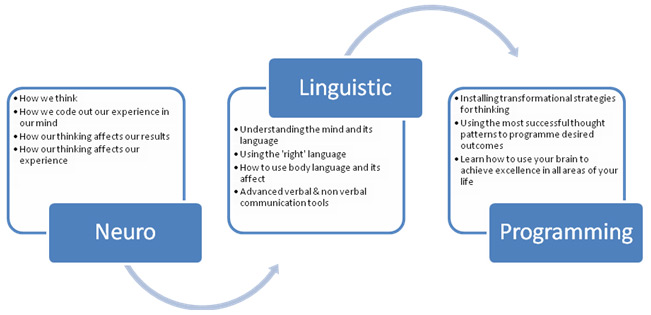For business owners, meetings can either be a positive, fruitful experience; or they can also mean hours of wasted time that could’ve been used in other tasks. In order to conduct effective, productive, and efficient meetings, preparation is always necessary. Being prepared makes sure that participants will all be on the same page during the set appointment.
Some time ago, I had a business appointment with a fellow entrepreneur. I was planning to use his services on a certain project I was planning to launch. This person was an expert at what he does; he also knew that I knew almost nothing about his craft.
An appointment was set so that we can begin looking at the possibilities of what our partnership can bring.
During the meet, both parties were too casual. The results I wanted to get from the fellow entrepreneur wasn’t really made clear. Furthermore, the other party did not ask any questions before we got together for a meet.
This unpreparedness resulted to a very awkward meeting that actually only began when our time was almost up. Both parties had not set any guidelines for it to be considered an effective meeting.
This lack of preparation resulted to a sloppy business practice deemed unacceptable by any professional.
During that time, I felt that my potential supplier left with a notion that his time was wasted. I was also having some doubt as to his ability to manage the project. After that experience, I can’t help but ask myself, “What results can I expect from a person who can’t even manage a meeting effectively?”
I might be too judgmental in thinking that; but most probably our potential customers are also having the same doubts when we give them that impression. Managing meetings, therefore, is a vital skill in our constant search for new business and new opportunities.
In this scenario, none of us had not taken responsibility for the meeting. This failed meet therefore resulted to bad impressions from both parties and was also reckoned as a waste of time by everyone involved.
In a scenario like this, we can be proactive and take the wheel when it comes to setting the scene.
With being proactive in mind, I want to share some helpful tips for facilitating effective meetings:
Never Go to a Meeting Without Expected Results
Never show up at a meeting where the desired results are not understood by all parties. This includes, but are not limited to, the meetings you schedule and the ones you are expected to attend.
Do a ‘Play-by-Play’ in Your Mind before Each Meeting
Always plan any appointment in advance. Always put into consideration about what messages you want to convey and what things you expect to learn. Make a certain experience as a benchmark of success for each meeting. Setting a benchmark every time will help you prepare for the next meets.
Treat Each Meeting Like It’s Your Own
Own each meeting. A meeting that’s getting out of control is never a time to be passive. If you look bored and disconnected throughout the meeting, believe me, everyone will think that you have the same demeanor at any given time of day.
Don’t be Afraid to Propose Other Options
Do not be afraid to challenge the ‘meeting-setter.’ If you think that a conference call, rather than a face-to-face meeting, would be enough to get the expected outcome – then offer it as a suggestion. If you need more to get more information or more details from the other participants before setting an appointment – then don’t be afraid to say it.
Always Recap Before the Meeting Ends
It is always a good idea to give a short summary of what transpired during the meet. This recap time can also be used to discuss items that need follow-up and the next steps. Make sure that there’s no stone left unturned.
Always Confirm and Reconfirm
It is a good business practice to schedule meetings days in advance. It is also a good idea to confirm attendance to meetings a day before, at the most. As a business owner, you should always leave nothing to chance. All means of transportation are full of entrepreneurs miserably returning to base after learning that a very important meeting was cancelled due to him or her not confirming attendance. You don’t want to be one of those people.
When customers see that you respect your time, they will also respect it. As an entrepreneur, you should always remember that customers and clients can read the inefficiencies in an area, such as meeting management, as a sign of inefficiency in all areas.










